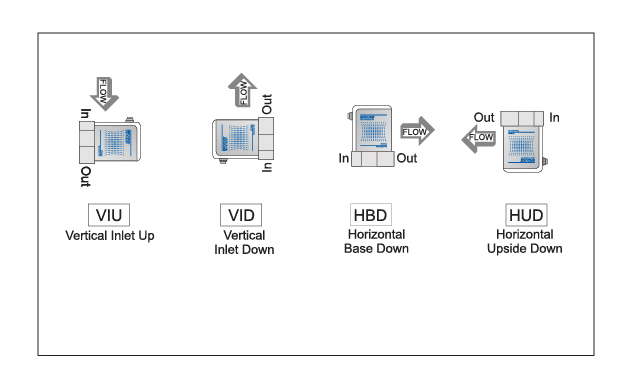How the Diagnostic Capabilities of the GF100 MFCs with EtherCAT® Can Improve your Semiconductor Gas Delivery System
The intelligent operation and advanced automation that defines today’s semiconductor market enables smarter decision making and provides more opportunities to enhance existing processes. The increased use of automation extends to the tools used in the semiconductor process, where communication between systems is key.

Mass Flow Controllers (MFCs) are one instrument in the semiconductor process that can help enable and support initiatives for more real-time data, processing and receiving data via EtherCAT® “on the fly”. EtherCAT® is an Ethernet based communication protocol known for its rapid response time and improved application efficiency. Digital communications like EtherCAT® open the door for more effective and rapid system integration, but also provide greatly improved system diagnostics and maintainability.
The Brooks Instrument GF100 Series MFCs can leverage the speed and diagnostic capabilities of EtherCAT® by detecting exception conditions and reporting them via EtherCAT®. Brooks has taken the ability to diagnose a step further, by categorizing alarms into different severity classes, and providing access to exclusive Alerts, Errors & Failures that give you more information about your device.
These alarms can be crucial in the early detection of potential issues in a process – from simple device warm up notifications, to more serious issues such as a device failure. Each alarm can be set according to the customer’s process and preference – whether it displays on the device backlit LCD as a flashing code, or over the EtherCAT® communication network to your system’s computer.
Let’s take a closer look at the three severity classifications supported by the GF Series MFCs with EtherCAT®, and system conditions that might drive each type of exception or alarm.
1. Alert
Exceptions assigned the Alert classification are informational and/or notifications to the user. These can include notifications about the device that effect process output such as incorrect mounting orientation, longer warm up time needed, or incorrect input voltage.
To better illustrate how an alert can provide early fault detection information, let’s take a closer look at the mounting orientation alert. This alert is triggered when the device detects that the mounting orientation does not agree with the orientation specified in the selected gas page, which can negatively impact device performance. Once the user is alerted, they can utilize Brooks Instrument MultiFlo™ software to set the device to the correct gas page orientation setting and move on with their process.

The standard orientation for the GF100 Series is Horizontal Base Down (HBD). The GF125 Series employs a proprietary algorithm that utilizes the internal pressure sensor to compensate for potential orientation effects when the MFC is used with certain higher density gases. Non HBD mounting orientations can be selected by using the MultiFlo™ software.
2. Error
A more severe type of alarm/exception that can be triggered is an Error. Error exceptions are process related and may affect flow accuracy, so should not be overlooked.
Let’s take a look at the process flow error which can detect whether the MFC’s measured flow is out of range. Default flow limits are defined as -10% and 110% of full scale of the device, but alternate limits can be specified by the user. If the measured flow is out of this range for any specified amount of time, the process flow error will be triggered. With this Error alarm in place, the user is notified before the problem becomes so severe that it disrupts the overall process.
3. Failure
The final and most severe type of alarm is a Failure exception, which is typically the result of a component failure or a configuration issue. Either of these results in the MFC being grossly inaccurate or otherwise unable to control flow.
A Failure notification would trigger if there was a critical component failure in the primary communications network, or if the device was unable to save to flash memory. In either of these Failures, the device would need to be serviced to guarantee that it is performing properly.
When a Failure classification is detected, the device will be automatically placed into a safe state. The MFC’s safe state depends on how the device was originally configured – if the device was configured to a normally open position, it will default to that normally open state when it enters a safe state.
With the addition of real-time information supported by EtherCAT®, engineers have powerful new ways to monitor and correct issues before their overall process is negatively affected. By utilizing the various diagnostic alarms exclusive to Brooks Instrument, semiconductor equipment owners can ensure that they are maximizing the efficiency of their tools by catching any process related issues as early as possible, and ideally before they occur.
For more information on EtherCAT®, visit https://www.brooksinstrument.com/en/ethercat.